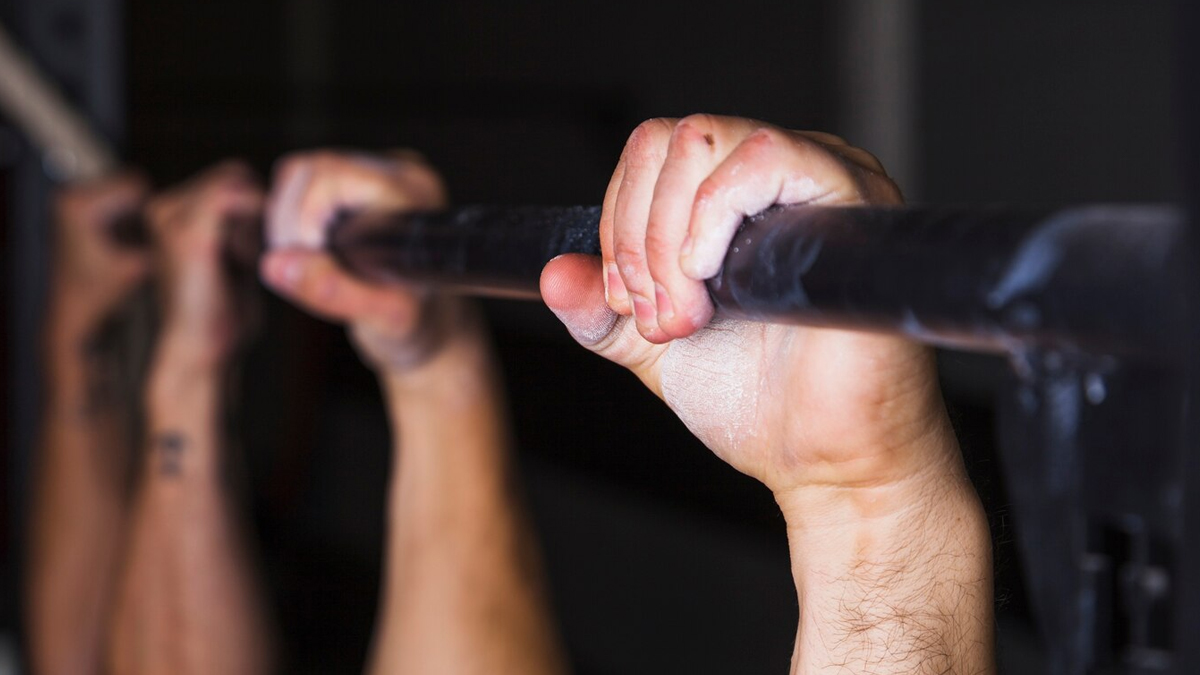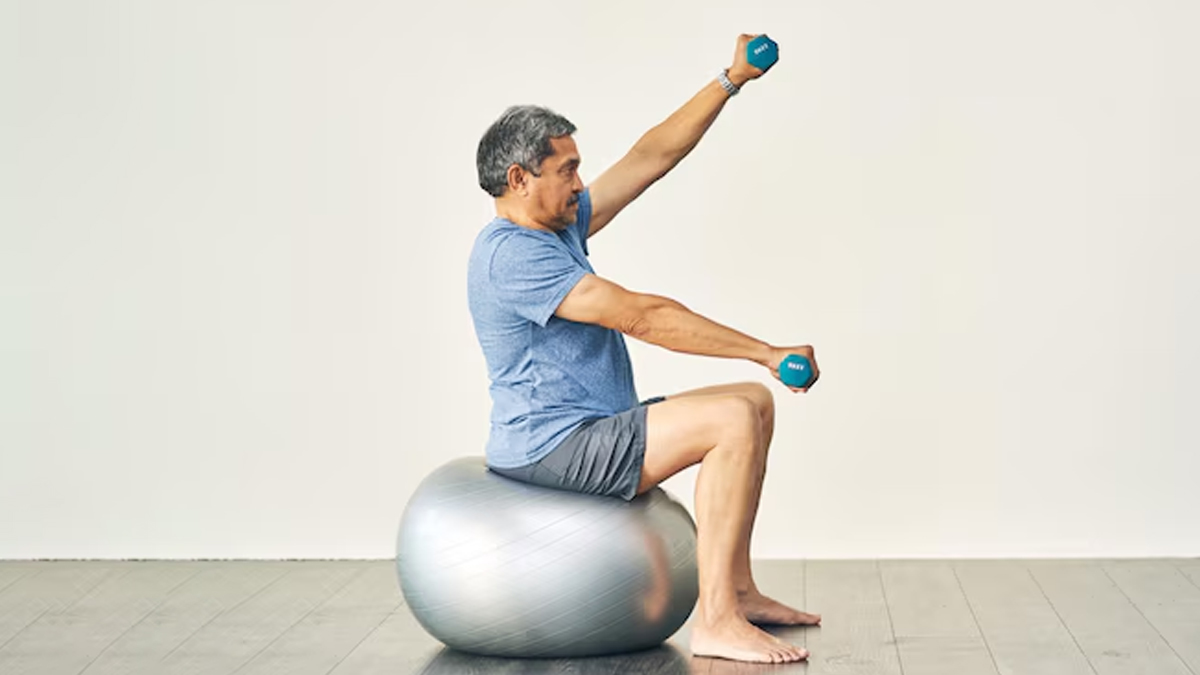
Have you ever had trouble opening a stuck jar or seen your hands sliding halfway through a deadlift at the gym? That's your grip strength screaming or more accurately, asking for assistance. Grip strength is usually low on the radar in most fitness programs, but it's one of those basic skills that affects everything from household chores to sports performance.
Table of Content:-
Grip strength is not solely the domain of handshakes and barbells. It is responsible for your total health and functional strength. Strong grip strength even correlates with a healthy heart, decreased risk of injury, and longer life span.
Tips To Improve Grip Strength
Tip 1: Add Grip-Specific Exercises
If you're looking for a way to develop your grip, you need to train it just like any other muscle group. Begin with these easy-to-master exercises:

- Farmer’s Carries: Take a couple of heavy dumbbells or kettlebells and hold them at your sides. Walk for 30–60 seconds. Have your core tight and shoulders down. Do 3–4 sets. This exercise builds your grip, forearms, and overall stability.
- Dead Hangs: Get on a pull-up bar and hang with arms extended as long as possible. Don't worry about actually performing a pull-up—just hang. Try to make your time get longer over time.
- Plate Pinches: Hold two weight plates (lighter to begin), press them together smooth-side-out, and squeeze them between thumb and fingers. This is practice for the kind of grip used for things, such as opening jar lids or climbing rocks.
Tip 2: Train the Forearms
Your forearms contain the muscles that contribute to grip strength, so it's not a bad idea to give them some direct attention. Incorporate the following into your routine:

- Towel Twists: Take a dry towel and twist it as if you were wringing water out. This is an excellent method for developing rotational strength in your fingers and wrists.
- Wrist Curls and Reverse Wrist Curls: With a light dumbbell or barbell, curl your wrists up and down with your forearms supported on your thighs or a bench.
Also Read: Hand-Clap Pull-Up: How This Intense Workout Can Benefit You
Tip 3: Ditch the Straps (Sometimes)
Lifting straps can be useful, particularly for deadlifts or rows with heavy weights, but overusing them can weaken your grip. Hence, limit your strap usage to your max sets and leave your bare hands (or chalked) for lighter or mid-range loads. This makes your hands and forearms pull their weight.
Tip 4: Train Different Types of Grip
Grip strength is not one-size-fits-all. There are, in fact, three types:

- Crush grip: The type you utilise to grasp a stress ball or shake hands.
- Pinch grip: When you have something resting between your thumb and fingers (plate or book).
- Support grip: Your capability of holding something for extended periods (consider farmer's carries or hanging from a pull-up bar).
Ensure your training hits all three, alternating between exercises challenging your endurance, squeeze force, and thumb strength.
Also Read: Strength of Your Handgrip May Tell If You Are At Risk of Diabetes Or Not
Tip 5: Stay Consistent, Start Light
Similar to any other muscle group, your grip has to be built up. Begin with lighter weights and lower reps, particularly if you're new to grip training. Your hands and forearms can become sore in no time, so heed your body's warning, rest when necessary, and build intensity gradually.
[Disclaimer: This article contains information for informational purposes only. Hence, we advise you to consult your professional if you are dealing with any health issue to avoid complications.]
Also watch this video
How we keep this article up to date:
We work with experts and keep a close eye on the latest in health and wellness. Whenever there is a new research or helpful information, we update our articles with accurate and useful advice.
Current Version
